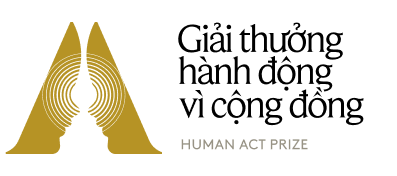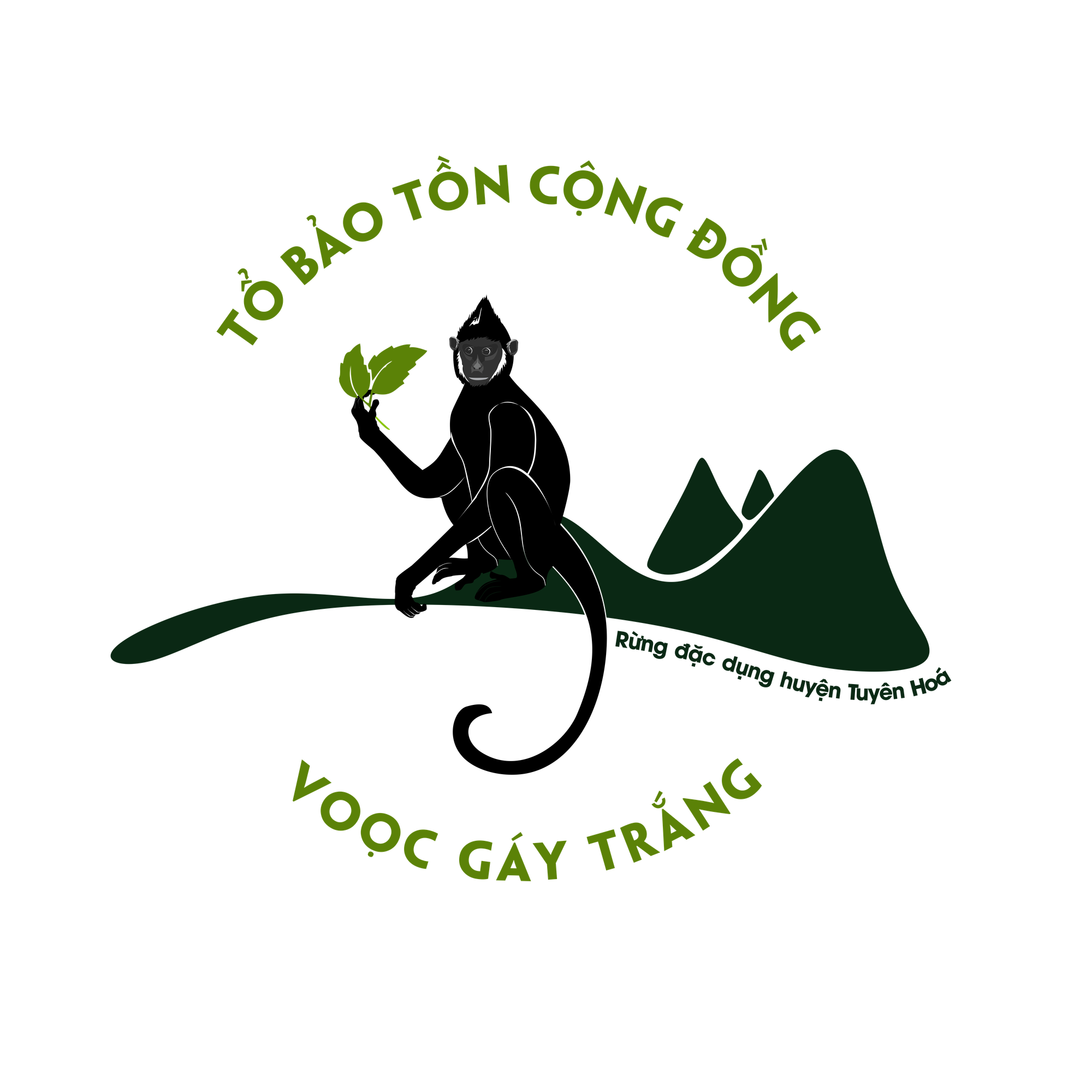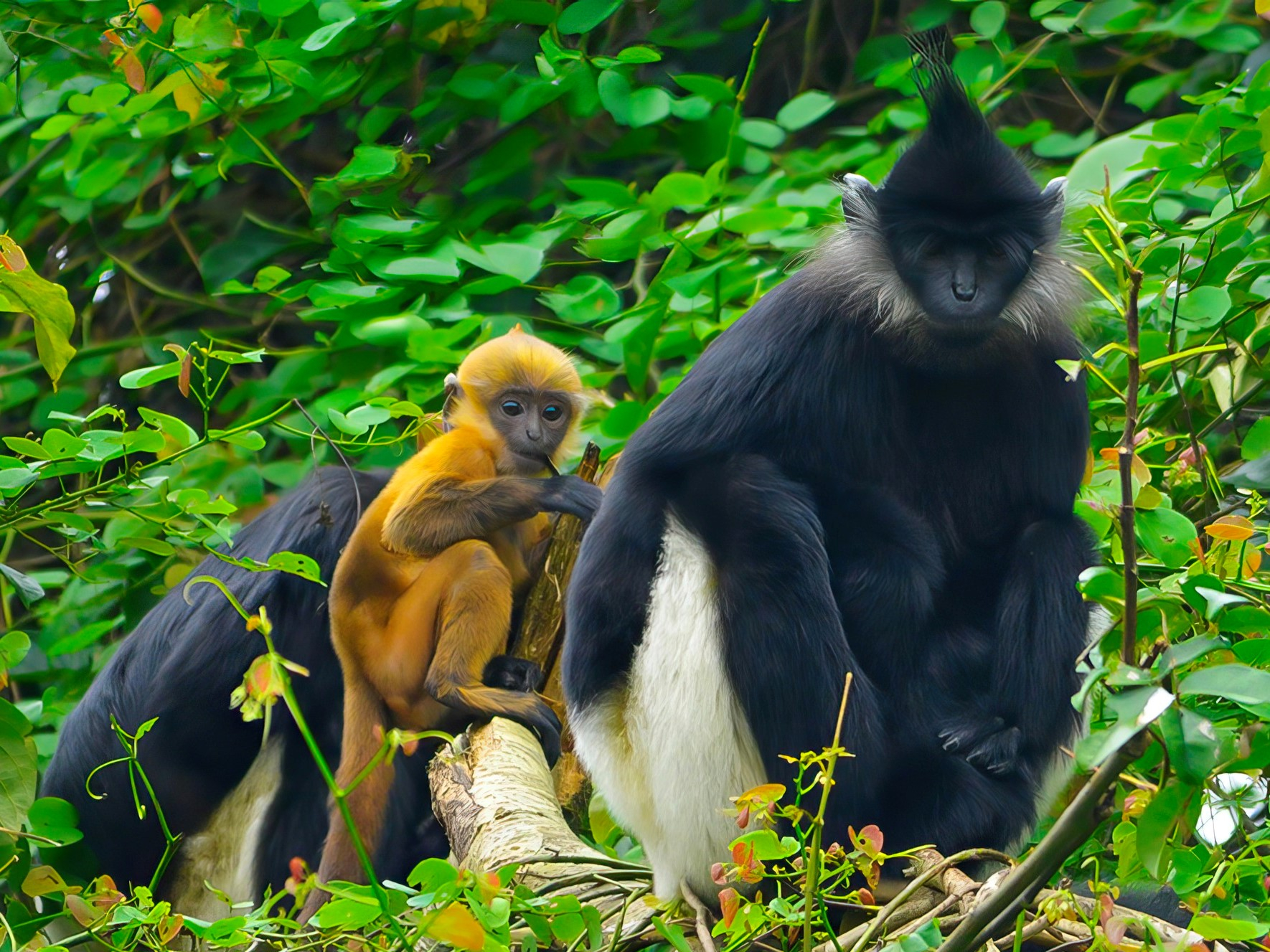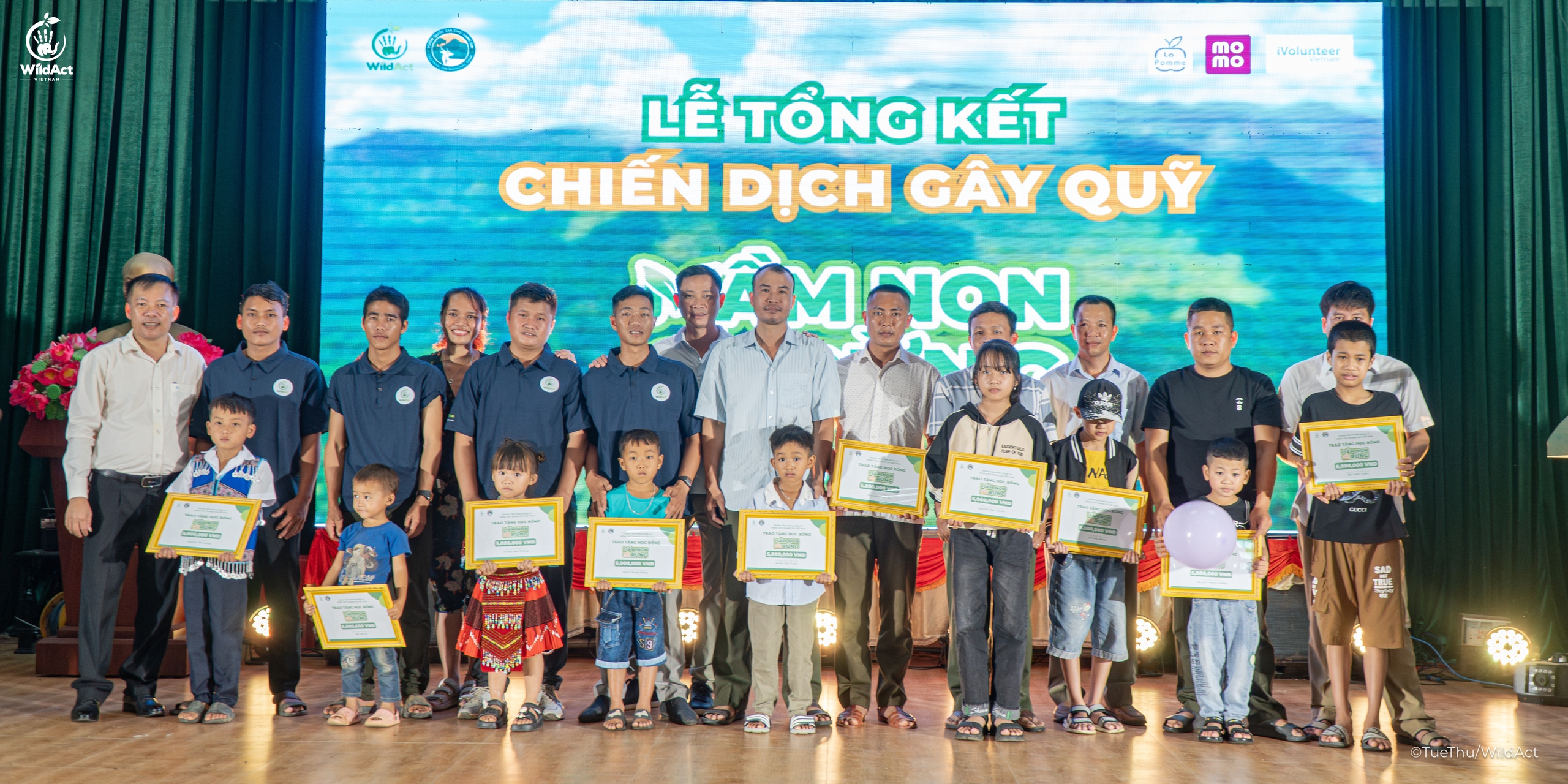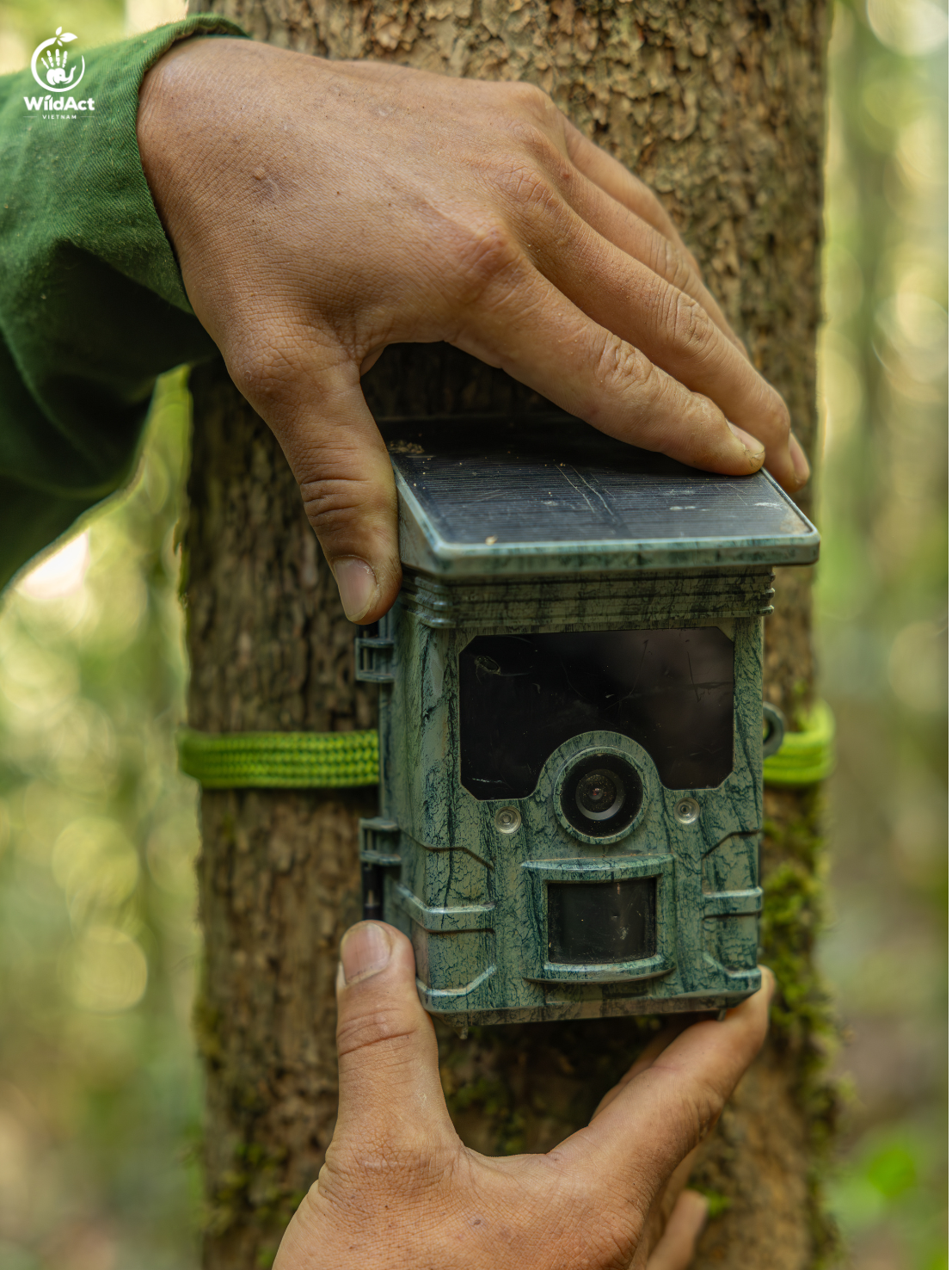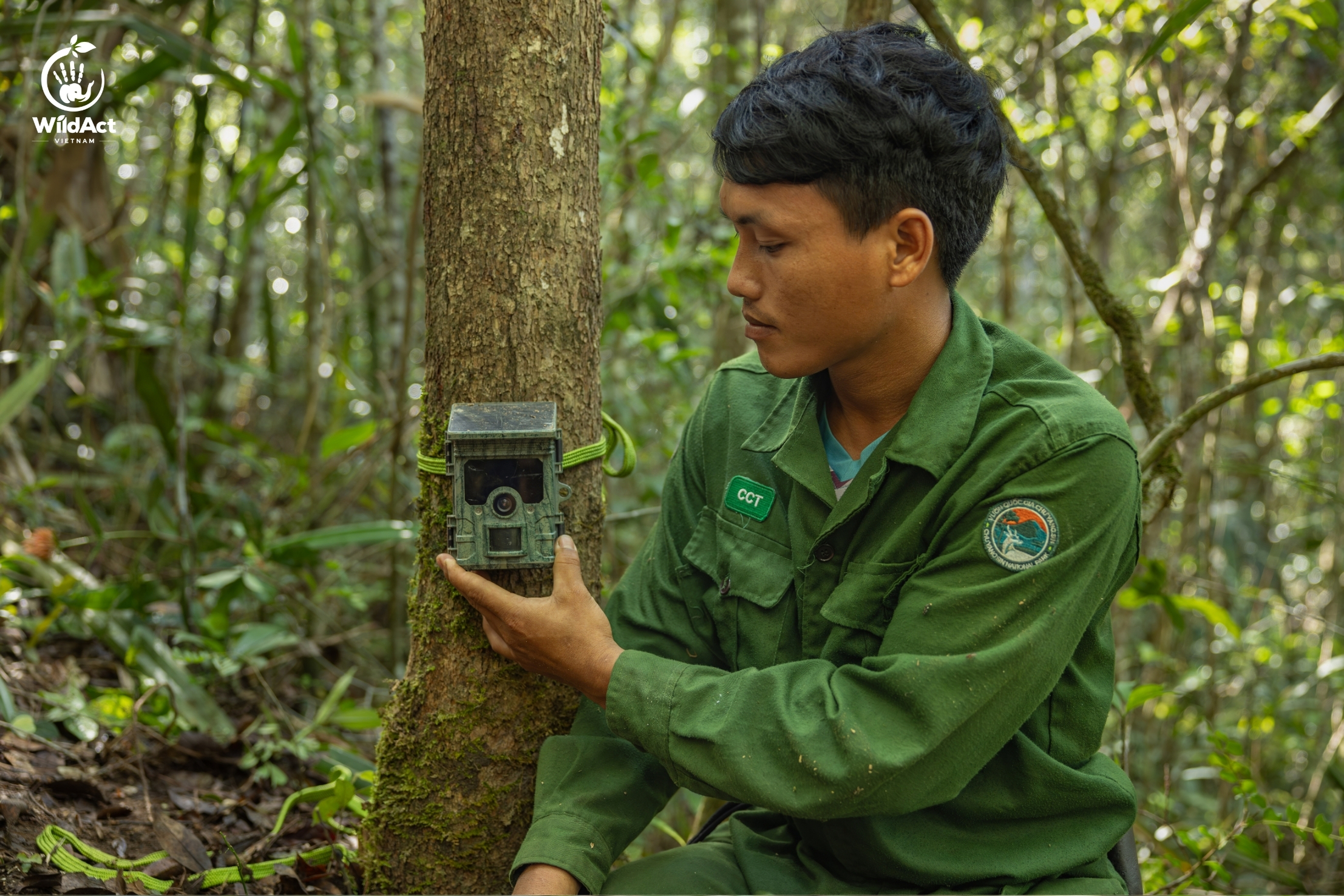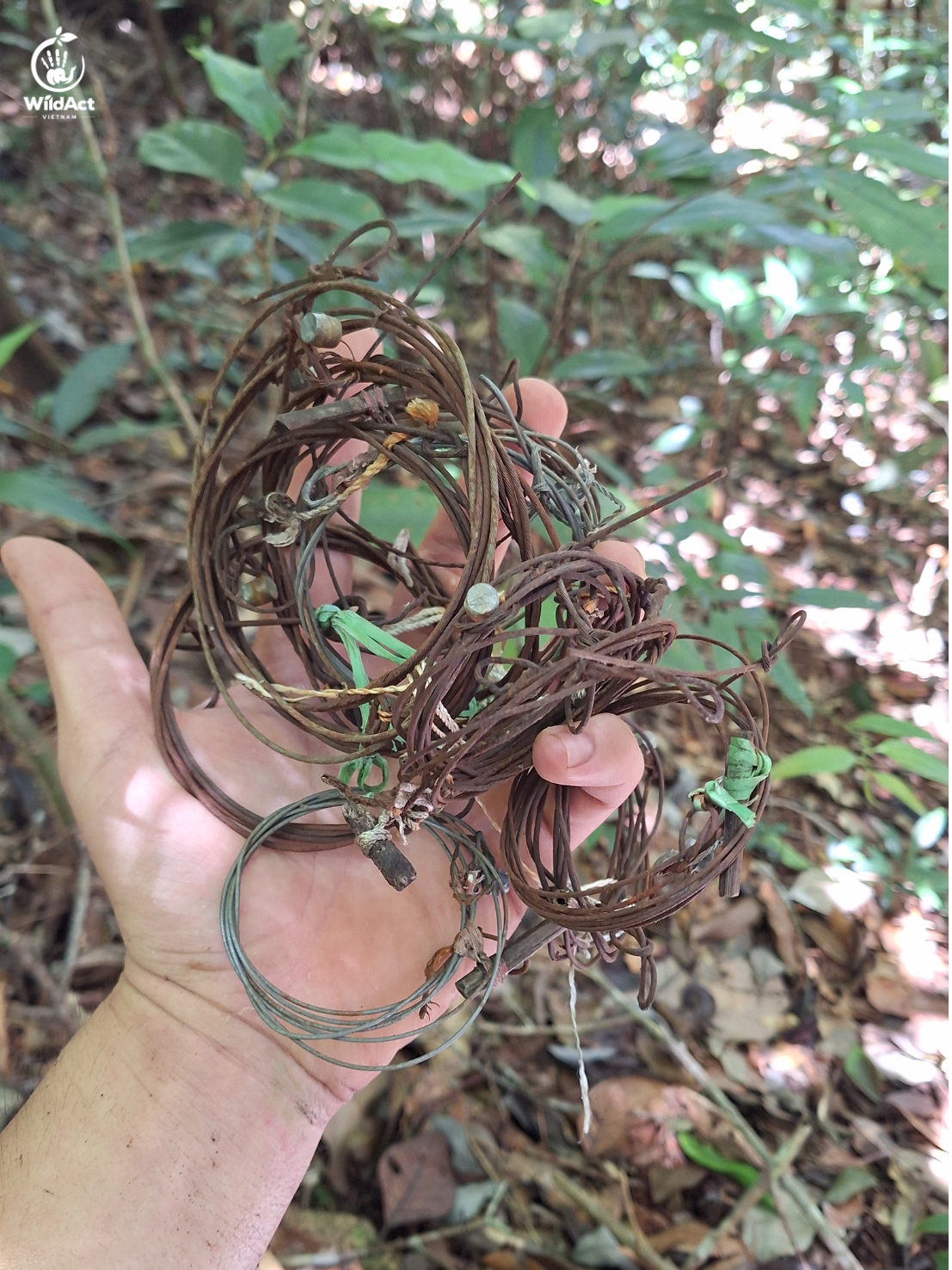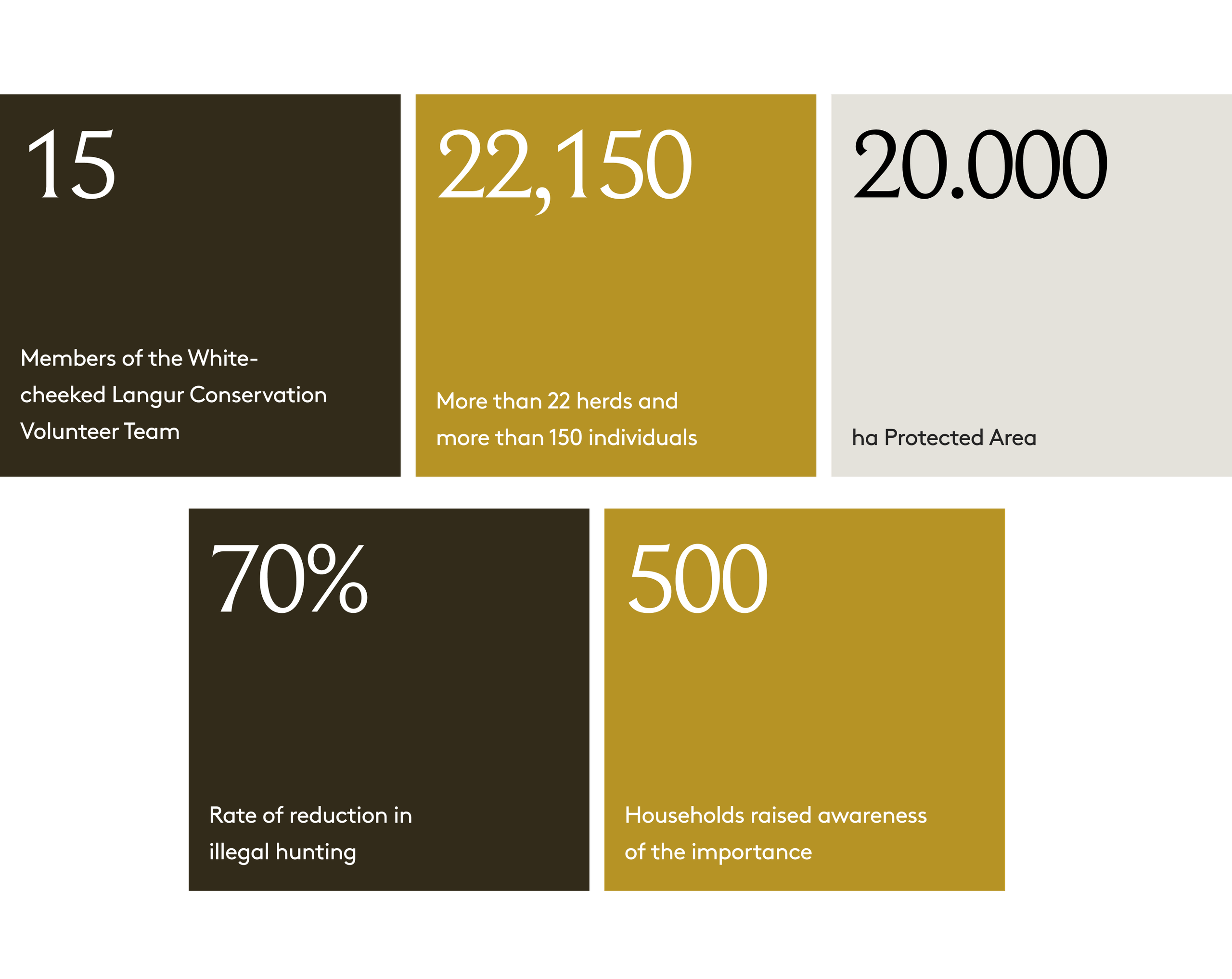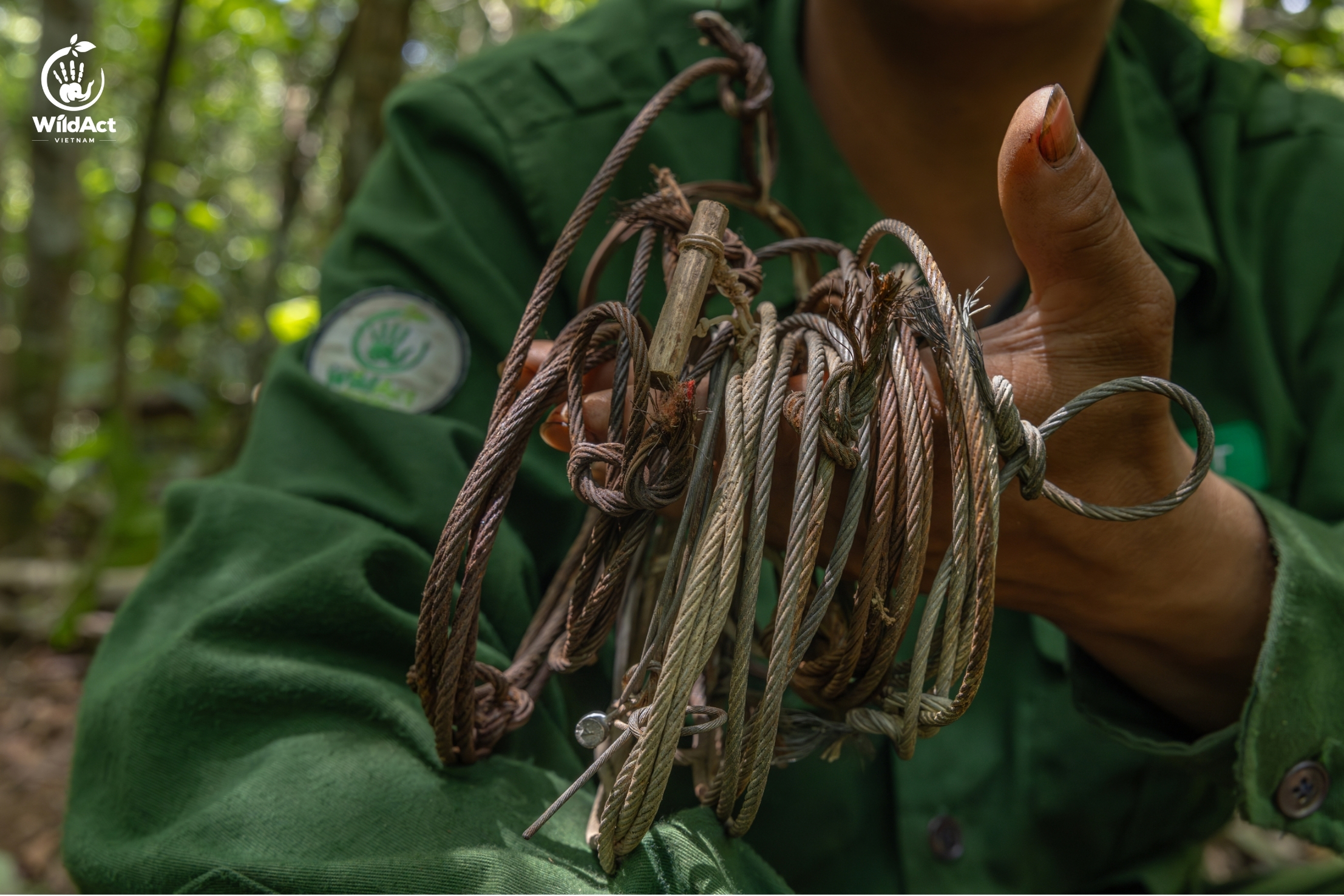Langur conservation community
Showcase Library
21/10/2024 17:39
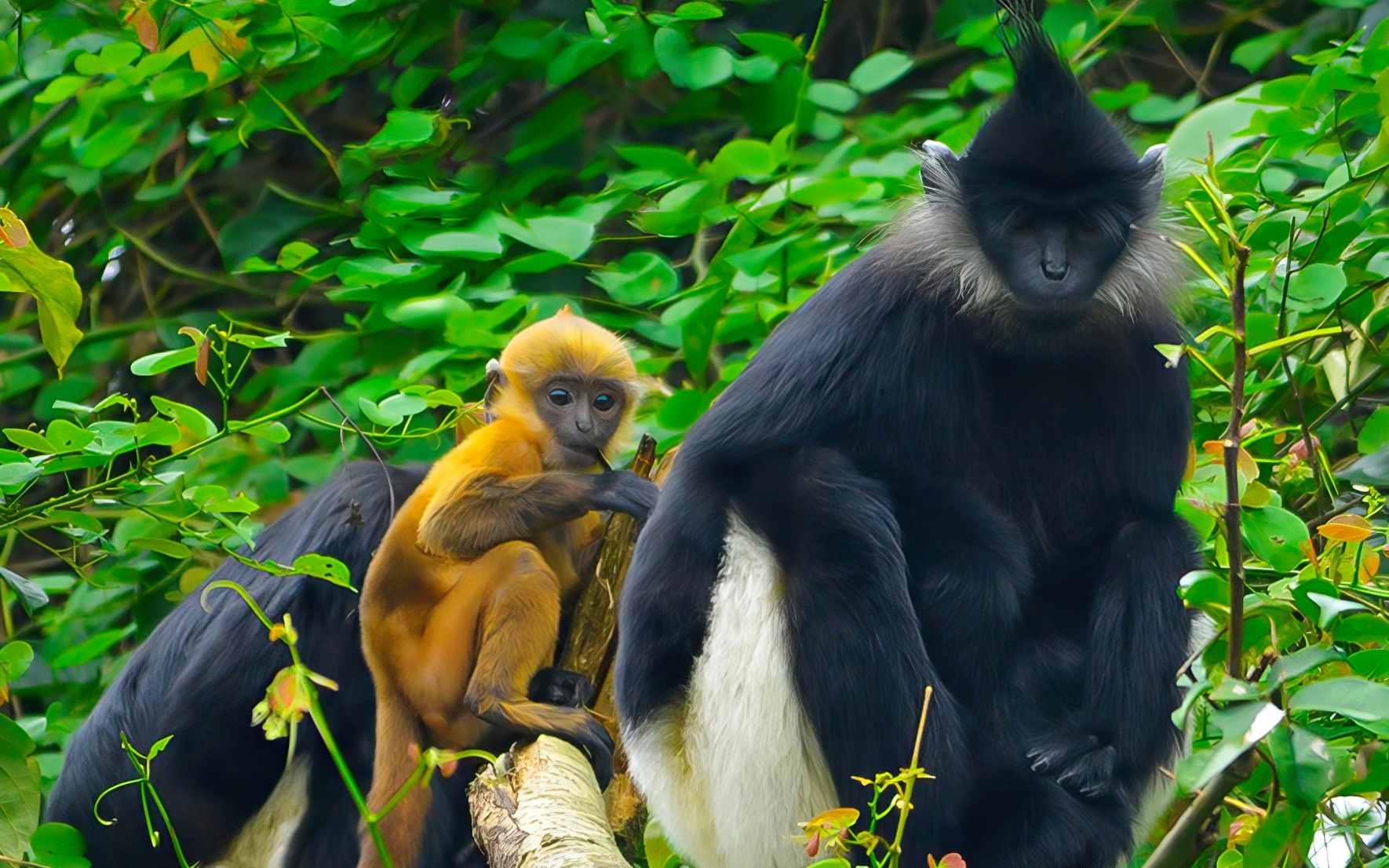
Implementing agencies
-
Category
PROJECT CATEGORY
-
Date time
2012 - NOW
-
Field
LIFE ON LAND
The white-browed langur, a rare primate species in Vietnam, is facing the risk of extinction due to habitat loss, illegal hunting, and pressure from human activities. The White-Browed Langur Conservation Project was established with the urgent mission of protecting this endemic species through activities such as surveying, monitoring, establishing conservation areas, and raising public awareness. Each activity contributes to the protection of the white-browed langur's habitat and helps preserve Vietnam's biodiversity.
Part 1
Starting background of the project
The white-browed langur (scientific name: Trachypithecus hatinhensis), an endemic species of Vietnam, is facing a serious risk of extinction. It is listed as a rare and endangered species in need of priority protection (as per Appendix II of CITES 2008; classified as Group IB in Decree 32/2006/ND-CP; included in the list of rare and endangered species prioritized for protection in Decree 160/2013/ND-CP issued by the Prime Minister; recognized in the IUCN Red List and the Vietnam Red Book). The white-browed langur is under significant threat due to habitat loss, with the population in the wild declining rapidly as a result of hunting and the exploitation of resources such as stone mining and firewood collection.
In response to the alarming decline of the langur population and the broader context of climate change, which is causing a rapid decrease in various species globally, the White-Browed Langur Conservation Project was launched in 2012. This unique initiative, spearheaded by the local community, aims to protect and restore the rare white-browed langur population while preserving the endemic forest ecosystem in the area.
Part 2
Project innovation/ invention
One of the outstanding initiatives of the project is the establishment of special conservation areas dedicated to the white-cheeked langur. These conservation areas serve not only as safe havens but also as ideal "homes" for this rare primate to thrive and develop. By limiting human intrusion and facilitating natural habitats, we aim to create a brighter future for the white-cheeked langur.
Moreover, the project has successfully engaged the local community in the conservation of the white-cheeked langur. By encouraging residents to plant fruit trees for the langurs and participate in forest protection activities, we are not only protecting this rare primate but also contributing to the improvement of the community's quality of life.
Modern technology also plays a crucial role in the protection of the white-cheeked langur. Surveillance cameras, drones, and smart ecological technologies allow us to closely monitor the langur population, enabling effective management decisions.
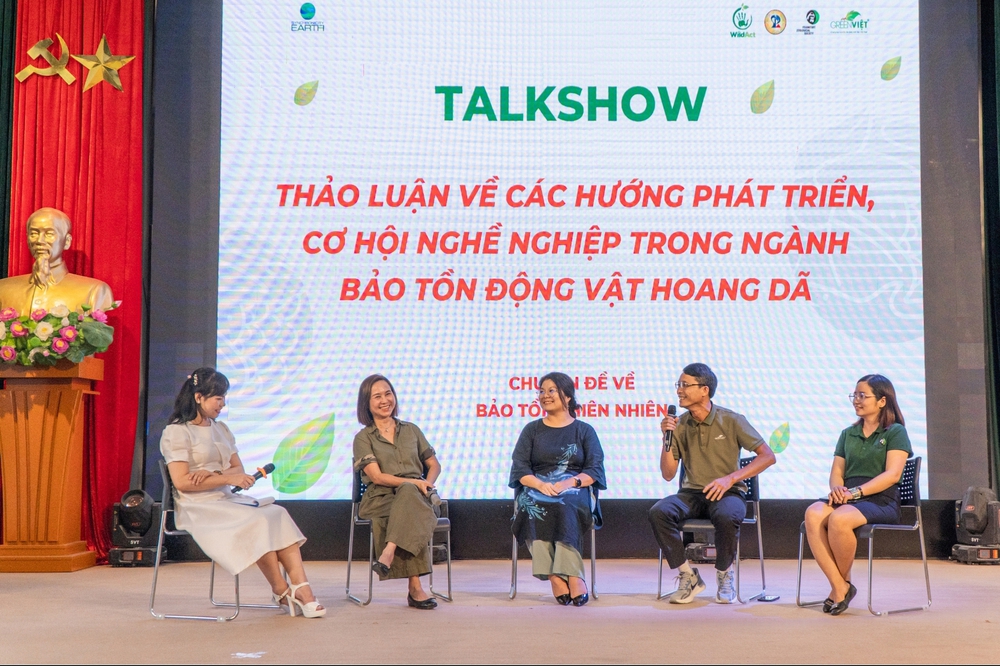
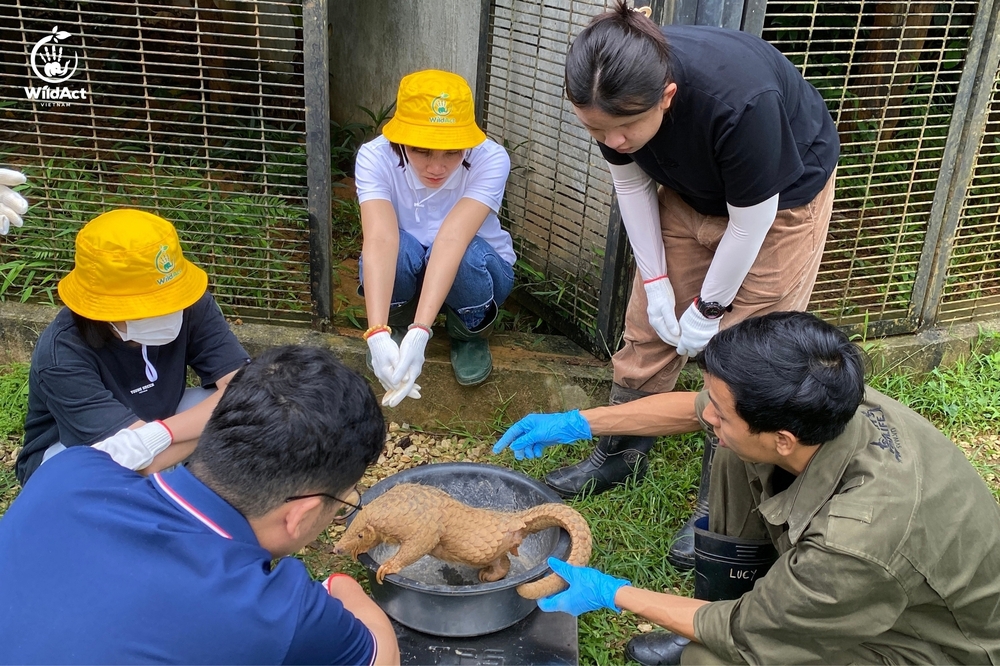
Part 3
Goals and vision of the project
Goals
The objective of the Langur Conservation Volunteer Group is to ensure that the white-naped langur is strictly protected and that its population recovers. This will be achieved by preventing illegal hunting, deforestation, and illegal resource exploitation, establishing and expanding suitable habitat reserves, and utilizing technological devices to monitor and protect langurs as well as other rare animals. As a result, the white-naped langur will have a safe, stable, and ecologically sufficient habitat.
Another aim of the project is to raise awareness among local people about wildlife protection and biodiversity conservation through educational programs.
Vision
The long-term vision of the project is not only to protect a rare animal species but also to preserve the entire Tuyen Hoa - Quang Binh forest ecosystem, thereby ensuring sustainable development for both the environment and the local population.
The Quang Binh forest, a symbol of biodiversity in Vietnam and the world, is not only home to the douc langur but also hosts many other rare species of animals and plants. Protecting the forest equates to safeguarding valuable resources, contributing to ecological balance, and minimizing the impacts of climate change.
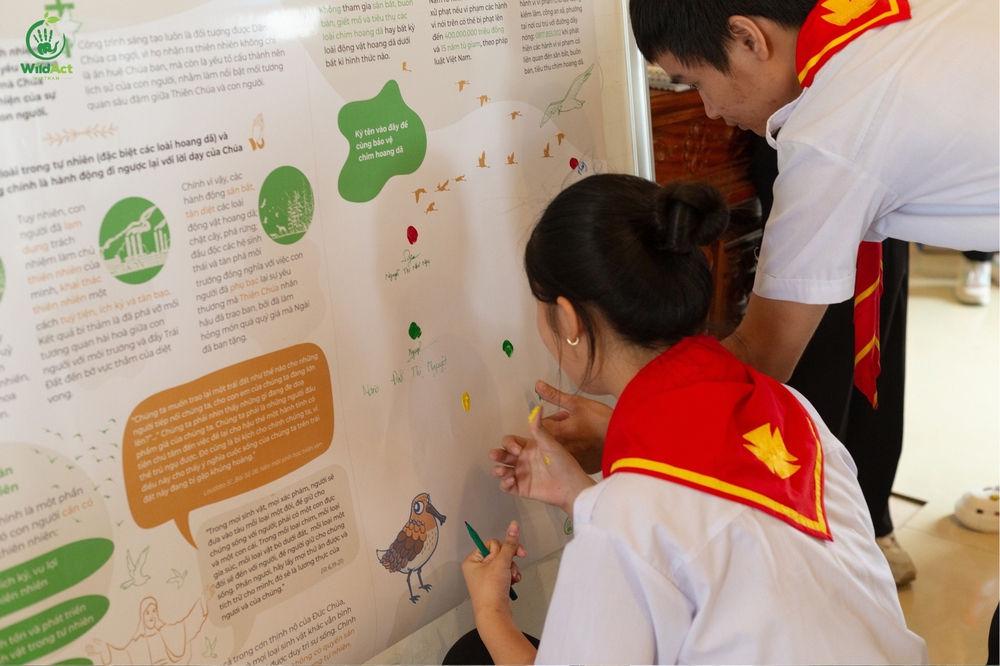
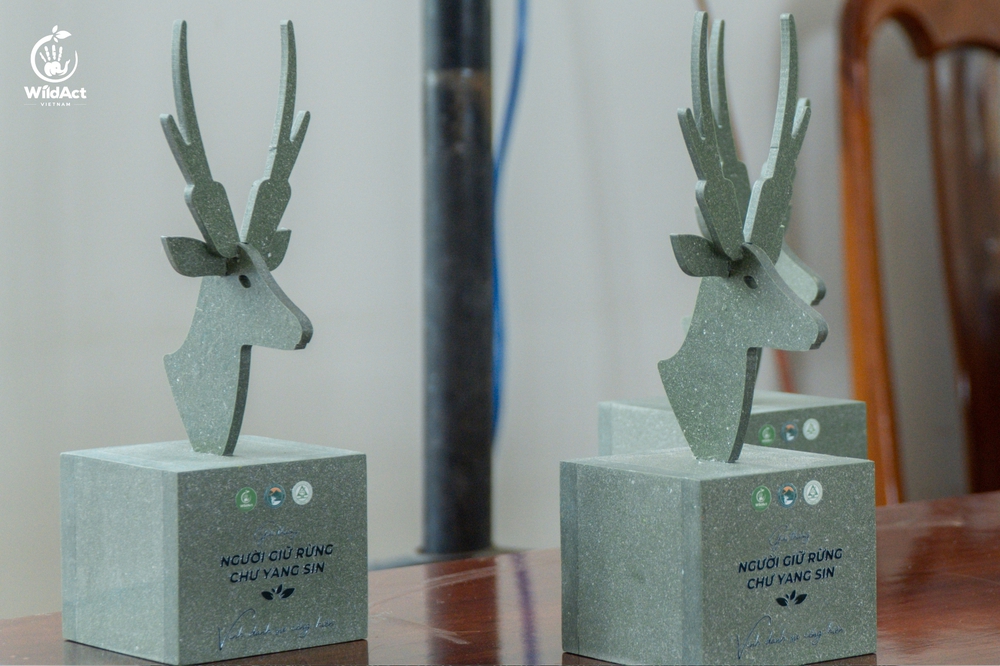
Part 4
Implementation - Scope - Cost of the project
During the 13 years of operation from 2012 to the present, the project has faced numerous challenges due to the continued illegal hunting, logging, and deforestation activities, which have led to a reduction in forest area and increased the risk of imbalance in the region's endemic ecosystem. Additionally, the local community lacks awareness of the importance of preserving langur species and protecting forests. In response to these difficulties and challenges, the White-cheeked Langur Conservation Volunteer Group has initiated various actions to preserve this rare species and protect forest resources and ecosystems.
The project establishes special conservation areas dedicated to the langurs. These conservation areas are strictly managed to prevent illegal hunting and resource exploitation.
To enhance the effectiveness of monitoring and managing protected areas and forest resources, the project employs modern technology monitoring systems, enabling the rapid and accurate collection of information regarding the species and their habitats.
Furthermore, the project has organized programs to educate and raise awareness among local residents about langur conservation and forest protection. The project also encourages community involvement in forest protection activities, which is a critical and sustainable factor in langur conservation.
Through these initiatives, the project has created a safer development environment for the white-naped langur, contributing to the prevention of population decline and ensuring the recovery of the langur population in the wild. Simultaneously, other species of animals and plants are given the opportunity to thrive, thereby aiding in the balance of the forest ecosystem and enhancing biodiversity in the area.
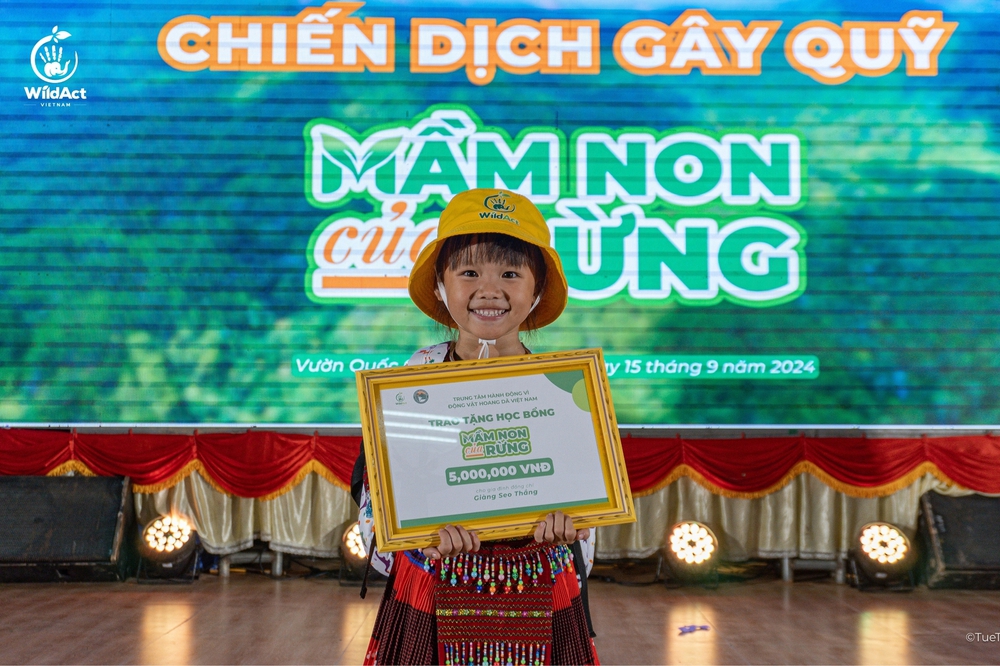
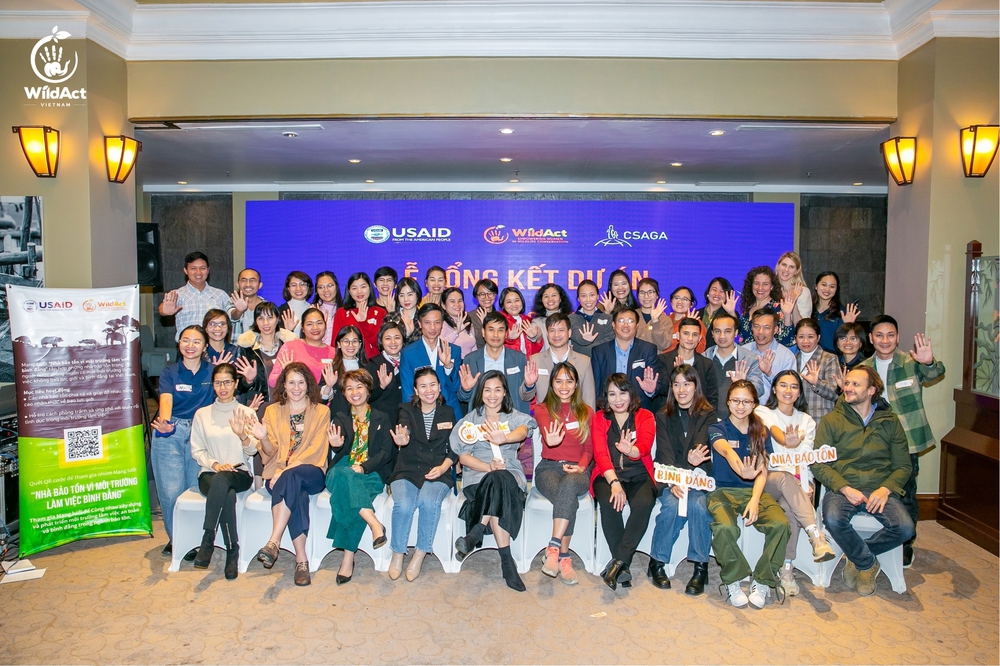
Part 5
Achievements
The white-cheeked langur conservation project is not only valuable for protecting an endemic animal species and creating a positive impact on the environment and local communities but also offers numerous additional benefits.
Integrating Technology in Resource Management and Environmental Protection: The project has enhanced the capacity of local organizations to manage forest resources through the utilization of technological tools such as surveillance cameras, drones, and GPS positioning systems. These instruments not only aid in the protection of the white-cheeked langur but also improve the overall management and safeguarding of the entire forest ecosystem, effectively preventing illegal logging and hunting.
Socio-Economic Benefits: The project contributes to fulfilling Vietnam's commitments to the international community regarding biodiversity conservation and the protection of endangered species. This enhances Vietnam's reputation and creates opportunities for international collaboration and support for future projects. Additionally, local communities gain new sources of income through educational programs, livelihood development support, and ecotourism initiatives.
Scientific Value: The data collected from the project contributes to the formulation of other conservation strategies, not only for the white-cheeked langur but also for numerous other rare animal species. This provides valuable research opportunities for scientists.
Part 6
Model expansion potential
The white-cheeked langur conservation model has demonstrated its feasibility by increasing the population of langurs, expanding protected forest areas, and significantly mitigating issues related to animal hunting and illegal logging. This indicates that a conservation model based on technology utilization, community awareness, and sustainable economic development can also be applied in other regions with similar conditions, where other rare or endangered animals face threats from their habitats, such as rhinos, elephants, and tigers.
A key factor in the success of this model is the active participation and support of local communities and authorities. This model can be replicated in other regions by adopting a community-based approach that aims to conserve nature while fostering economic development in disadvantaged areas.
Due to the positive outcomes achieved in protecting rare animals and restoring forest ecosystems, this conservation model has significant potential for replication in various regions both nationally and internationally.
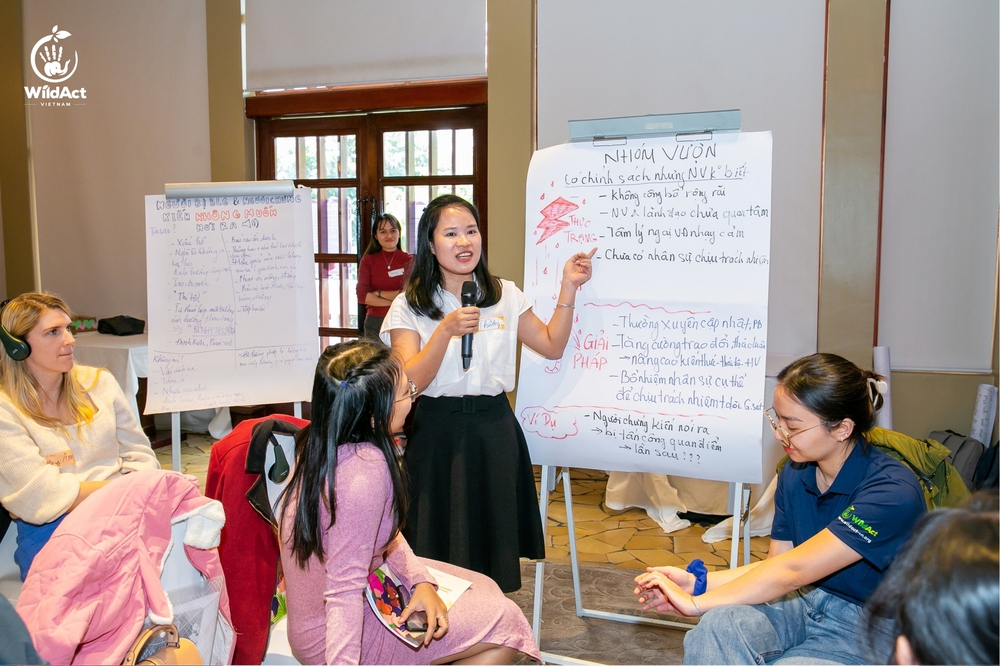
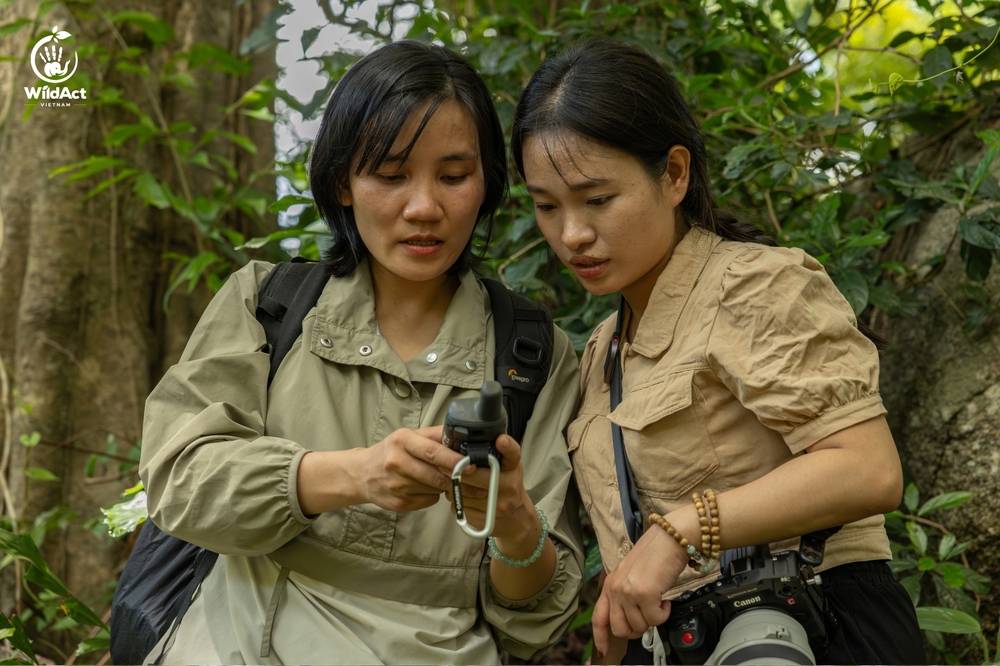
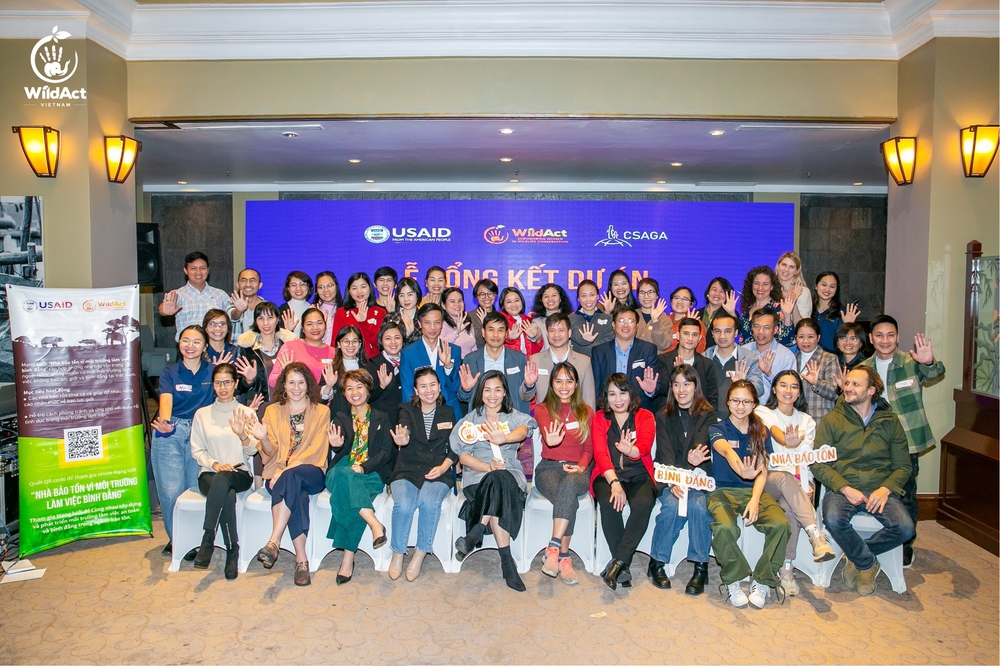
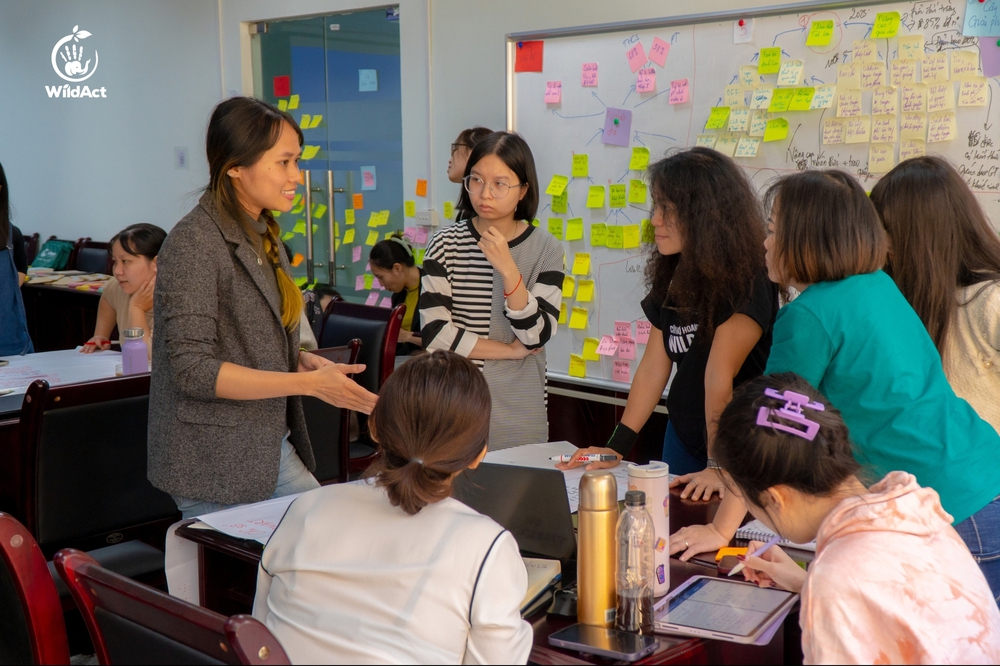
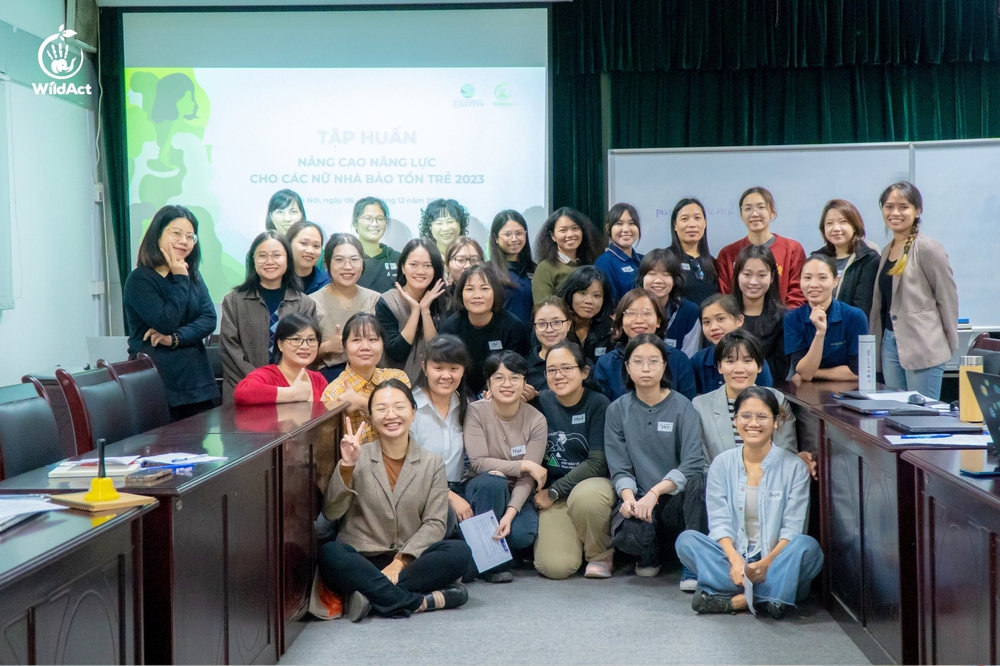
The images, videos, information and data about the project published on this landing page (project information page) are provided by the individual/organization who registered to participate in the award and are responsible for the copyright and legitimacy under the law.
